If the first Goetheanum is an architectural image of inner development, the second calls on us to combine inner training with outer engagement. The third Goetheanum goes one step further—a step that is urgently needed in our times.1
The Anthroposophical Society was reorganised in 1923, in that individual national societies were founded that gathered in Dornach for the Christmas Conference. It was a dramatic time: the First World War had only recently ended, chaos reigned in Europe, and serious conflicts arose within the Society. On the first day of the year, in the night leading to New Year’s Day, the first Goetheanum burned down; on the last day, December 31st, Steiner described the concept for the second, future Goetheanum for the first time.
Even if only ten years lie between these buildings, they are ten years in which so much happened, both in the world and within the anthroposophical movement, which is clearly evident in the difference between them. The first Goetheanum was a built structure intended to provide protection for the experiences of an inner space. What mattered was this interior space. The second Goetheanum, by contrast, was to combine this introversion with a turn towards the outside.
Lecturer and eurythmy therapist Anna Hallström wrote an article in the first issue of last year’s Swedish members’ journal2 about the Anthroposophical Society as a “culturally creative movement”. She emphasised a number of positive possibilities for the future but began by stating that voices have arisen to the effect that “the anthroposophical movement has failed”.
Niels Henrik Nielsen, chair of the Danish National Society, is even clearer. In an article entitled “The Anthroposophical Society in the Future”, he notes that after a hundred years, “signs of fatigue” are evident in the Society. He asks whether the reason it is unable to renew itself is that there are tricky questions that people would rather not raise.3 He lists seventeen such questions, one of which suggests that the forms and structures of the Society might be outdated. Rudolf Steiner, he continues, attached great importance to the fact that all structures, forms, statutes, and so on must be created out of life, and since people and life were constantly changing, these forms and structures should also be continuously changed. “Have they in fact been changed?” he asks rhetorically.
This question fascinated me, as terms such as form and structure are part of my specialist terminology as an architect. I was able to relate the question to an area in which I can draw on my personal experience, for it is precisely with regard to the question of form and structure that the two so fundamentally different Goetheanum buildings are suitable for illustrating the development in which people found themselves a hundred years ago.
Inconspicuous on the Outside
Architecture plays an unusual role in the history of the development of the anthroposophical movement. The anthroposophical fields of work are characterised in all instances by being mainly based on a specific interpretation of their field. Waldorf schools have their method of education, doctors, their system of medicine, farmers, their agricultural course and so on. Although I am simplifying a little, it can be said that the architects have not just one but two interpretations, which are described by the two Goetheanum buildings. The differences between the two indicate why this is the case and in which direction the anthroposophical movement is heading.
Even if the buildings are variations on a theme, the first one merely represents a certain stage of a development. This stage was the image of an inner path of training and only directed inwards. Steiner says: “The outer view is there for the outer secular world, which has nothing to do with the inside. The interior space will be what it is all about: to think of the building primarily as interior architecture and to design it to be as simple as possible on the outside, inconspicuous.”4 Not only was the building to be inconspicuous on the outside, Steiner also harboured the idea of embedding it in a grass-covered hill. However, he abandoned the idea because it proved impractical. But his position was unmistakable: the building scarcely belonged in the outside world.
A mere ten years later, the situation was completely different. At the Christmas Conference, when he presented the concept for the second Goetheanum, Steiner stated: “And so it is really […] not possible to build in 1924 in the same way as we built in 1913/1914.”5 This is primarily directed at the changes within the anthroposophical movements and the practical initiatives that emerged. In this context, he uttered his centurial sigh: “If someone represents things today in the same way as they did in 1919, they are lagging centuries behind.”6 Many a thing had to be learnt from the previous ten years, and “the greatest conceivable openness […] had to be combined with the truest, most inner esotericism”.7 The “forms of the old Goetheanum, my dear friends, will indeed have to belong to history, that is, to your hearts.”8 The inner work should continue to form the core, but from now on, the work also had to turn outwards and involved the “greatest conceivable openness”. A completely new chapter in this story began to emerge.
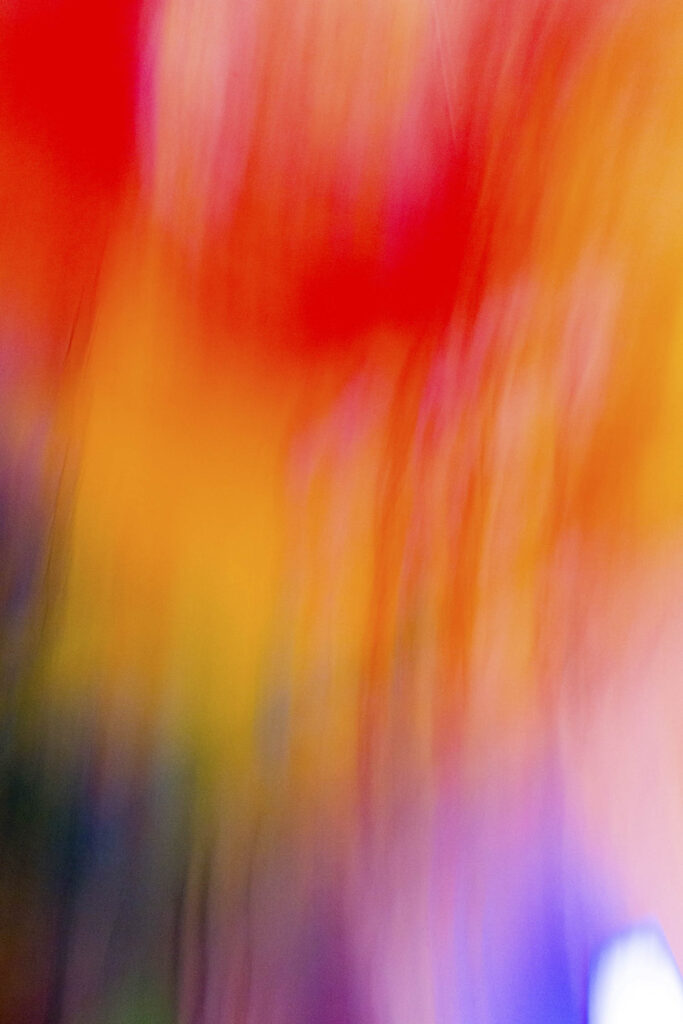
The First Goetheanum
When Rudolf Steiner stepped forward with anthroposophy, the “time had come” for the occult, which had always worked in secret, to appear within general cultural life. This led to the first phase of the work of anthroposophy, which was initially called theosophy, lasting until around 1910 and was elaborated by Steiner in lectures and the basic books. He then moved to create the Mystery Dramas. They are of importance here in particular because, as Steiner says, they were written out of the necessity to present artistically the same worldview that had previously been described “conceptually”. In this way, the dramas were created, which later appeared in a third form, now physical and from out of the “will”, as the first Goetheanum.
This is a threefold expression, then, of what lay behind all these things, artistically shaped in thinking, feeling and volition.9 The expression was different in each case, but what was at work was the same. Occasionally, Steiner compares it with a tree and its various branches. All branches start from the same trunk: the underlying, occult, “concealed” part. The building is just as authentic and original, has the same concern as the basic books and dramas to contribute to inner training, but works in a different way. By living with the transformations of form and colour qualities, our own ability to gain access to the realms beyond the outer sensory world is to be awakened—an initiation process.
The walls of the building are, therefore, not the kind we are familiar with, which shield and enclose. Here, they are instruments of our own inner development, tools to lift the veil. Steiner says: “To have walls and not to have walls”.10 In this sense, the first Goetheanum is no ordinary house but a signpost to inner training. At the same time, as a building, it became a natural meeting point for co-workers who flocked there from several nations during the First World War to contribute to the construction, and Steiner himself was finally provided with a base in his unsettled existence with constant lecture tours.
The Second Goetheanum
It was not until shortly before his death that Steiner was able to work out the concept for the second Goetheanum to show how radically everything had been transformed. Wood is replaced by concrete. The new building presents itself as self-confident and free and stands in clear relation to the surrounding nature. The universe of flowing forms, colour experiences and plasticity, which was part of the first Goetheanum and illustrated the inner path of training, is no longer central. Nevertheless, this building, even more clearly than the first one, displays its integration into the interplay of forces of the cardinal direction from east to west and in this way, demonstrates its cosmic affiliation. The expressive outer form is the result of the interplay of equal forces that are experienced as coming from within and those that flow against the building from outside.
The most important change, apart from the weakening of the image of an inner training path, is that the building is intended for practical and social use. Research and artistic work are to be carried out here, the world society is to be administered, and it is to be a social meeting place where people can work together or meet informally. This was in contrast to the first Goetheanum, in which, according to a statement by Steiner, it was only possible to show the Mystery Dramas and give lectures.11
We can sense a direction of development from the first building, which was an instrument of inner training, to the second Goetheanum, which was not only to be a place of deepening and contemplation but was also to offer space for practical, social and public activities: esotericism combined with the “greatest conceivable openness”.
Within just ten years, the movement was accomplished from the first to the second building, from the inward and concealed to the balance between the inward and the greatest conceivable openness. At the Christmas Conference, Steiner warned of the consequences of failing to recognise the necessities: “The more we disregard what are the signs of the times, the more those things that can only be considered as being in opposition to us will make us their business in a hostile sense.”12
Environmental Crisis and Artificial Intelligence
Today, we are living with new questions, such as the environmental crisis and artificial intelligence. As architects, we are trained at an early stage to use computers. We are dealing with design programs that have their own inherent tendencies, so we have to learn where the boundary is between what we create ourselves and what the machine does. Nowadays, machines can use artificial intelligence to design buildings with so-called “organic” forms that seem more perfect than most anthroposophically inspired architects would be able to achieve. In our field, therefore, high standards are set if we are to distinguish the motifs we work with from those of the machine. This is not about fighting against machines, which we have to live with and which are part of human development.13 But the problem is becoming more urgent: how we can work with machines while remaining independent and retaining our freedom. There will be a battle for our “inner individual.”
When I started in my profession half a century ago, it was customary to regard a building as a local, limited task. In modern planning, we increasingly have to bear in mind the consumption of raw materials, energy questions, and the extent to which our actions leave a global footprint. We live in connection with the world. This perspective on centre and periphery has grown over time and reminds us of the image of the human being that we have in anthroposophy: our lifeworld is, in reality, not “something else” but is our own presence in the periphery. In Theosophy, there is a description about recognising our own “I” not only in the developmental impulses that come from within but also in what intervenes in our lives from outside, what befalls us.14 The description can be found in the section on reincarnation and the effects of karma. What befalls us is ultimately karma, which is active outside in the periphery, our “outer individual.”
Reincarnation and Karma
Karma here has nothing to do with punishment and reward. The decisive factor is the realisation that karmic laws in the succession of different lives ensure continuity from one life to the next so that developmental processes are absorbed and continued. But even if we encounter the effects of karmic laws as external necessities, we are free to decide in what form we deal with them.
In anthroposophy, therefore, the question of freedom is inextricably linked with the question of repeated earth lives. We can fathom that Steiner had a sense of what was to come when, at the beginning of his career, he built an epistemological foundation that focussed on the question of freedom to such an extent. Freedom is linked to the conditions of human action, to the confrontation with what happens to us in life. The globe becomes part of the freedom project because such an understanding of the human being indicates that we only become complete when we add karma, the life situations in which we find ourselves, to our understanding of ourselves. These situations in life are always earthly. We therefore want to master the environmental crisis not just because it affects those who come after us. Through the idea of reincarnation and karma, we understand that we ourselves are these coming generations. The day on which this becomes common knowledge will be a game changer with regard to the environmental question.
Today, the idea of reincarnation and karma is forcing its way to the surface both in the environmental question and in the challenge posed by artificial intelligence. The question of human freedom is the common link. Reincarnation was also the topic that Rudolf Steiner prioritised in 1924, his last year of active work. He gave more than eighty so-called karma lectures. Many consider this to be his “foremost mission”.15 If we anthroposophists are not prepared to take up this subject and raise it beyond the internal anthroposophical culture in order to contribute to a world situation in which these insights are urgently needed—who else do we think should do it? Is it not we who have the necessary understanding, the ability to find the contemporary language, and access to public opinion?
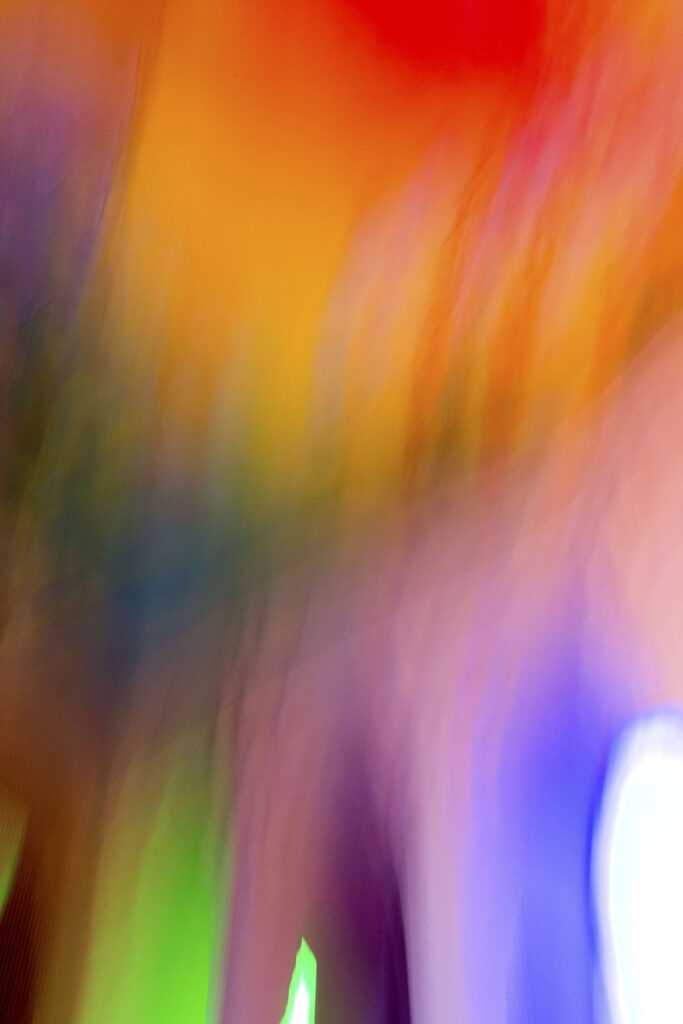
The Dream
Because we are now celebrating the past and the future, I would like to say: “I have a dream.” I dream of a third Goetheanum, one that continues in the direction indicated by the first two—from the internal, to the public, and now to the global. Such a third Goetheanum is not a building with a roof and walls but the sum of everything created on earth that proceeds from the attitude that the innermost part of us is connected with the innermost part of the world around us. Here, it is revealed that the teaching of reincarnation and karma lives within us, in our training and our meditations—that it belongs to a whole in which the Earth has its place. Not because the Earth itself demands our attention due to its dramatic disasters—that would only be the outer side of the picture—but because its nature is so closely linked to the question of who we are.
The very word “reincarnation” means, in somewhat colloquial terms, “constant-return-to-earth”, and the playground of karma consists of time and space—something that only the Earth offers. This view, which occupies such a central place within anthroposophy, is necessary today in order to see these challenges from the right perspective. After all, people fulfil their life tasks, make use of their part of the Earth and leave their footprints. In this way, they contribute not only to turning wind into storms and rain into flash floods but also to transforming the globe into a work of art—the Anthropocene. The environmental crisis is an artistic problem. The Earth is our joint work of art.
In this sense, the dream of the third Goetheanum harbours an understanding of art that has little to do with what we find in galleries today. It is about a concept of art that is related to how Steiner describes Goethe, an understanding that has gradually grown over the course of the last century. It was around the middle of this period that Joseph Beuys coined the oft-quoted phrase, according to which everyone is an artist. In my view, he built on the same ground on which the first and second Goetheanum stood, and central to what they built on was the idea of reincarnation. We could, therefore, say that Beuys’ ideas of the 1970s already pointed towards this dream of the third Goetheanum.
The first Goetheanum is an image of the path of training, the second becomes active and mediates between inner training and the outer world, and the third, which I describe here as a dream, merges with training and action in the world.
According to Steiner’s description, it is this fusion that the human being undertakes when they create something in the outside world, when they allow their soul and spirit to transcend the boundaries of the body, flow out into the world and connect with time and space in love, in order to finally immerse themselves in the cosmic. Can it be said more considerately than with this description in the spirit of Goethe? We people today call it “footprint”.
The two realised buildings and the dreamed-of building can be expressed schematically in their relationship to the inner and outer world, to microcosm and macrocosm, as follows:
• Train yourself
• Activate yourself
• Identify yourself
Then and Now
We are now celebrating the centenary of the Christmas Conference, and attention is also drawn to the very first presentation of the second Goetheanum. The relationship between the two buildings and the significant difference between them is addressed again. I don’t know of any other occasion when Steiner says with regard to such a significant change: this is how we used to do it, but that is no longer possible; now we have to do it in a different way. The special thing about this “then and now” is that it indicates the direction I was referring to. If we do it, we see the fundamental understanding of the human being that is linked to the idea of reincarnation and karma.
Today’s civilisation needs this understanding, as the greatest challenges we face are difficult to manage if we have no notion of what a human being is. I cannot think of any group other than the anthroposophical one that would be more naturally suited for emphasizing such ideas objectively, freely and without sensationalism. What better [moment] for sharing such a vision than the anniversary, when we look back on a hundred years and naturally think about the future? A [moment] made for dreaming. Because in dreaming, we are free.
When the Goetheanum auditorium was renovated thirty years ago, and elements of the first Goetheanum were incorporated into the second, many members were astonished. People asked whether this development was a sign of a yearning backwards, to earlier forms and structures that tended to be majestic and sublime in content and belonged to a period in the past when the building might as well have been buried in a catacomb, and anthroposophists preferred to remain amongst themselves, undisturbed. After all, such undisturbed, contemplative work undoubtedly promotes our own inner development.
But how can this development be made useful and beneficial for the world and our fellow human beings? Judith von Halle describes the dilemma as follows: “In my experience, it happens not infrequently that people imagine the path of training to be primarily the gradual awakening of consciousness in higher spheres of the spiritual world. But that is actually only a part of the training path, namely half of it. From a certain point of view, we might even say that the second part is even more important than the first, and completing it is as a rule even more difficult. […] To carry the spiritual to earth and to utilise it for ourselves and our fellow human beings is not only what this second part of the training path consists of, but also the meaning and purpose of the entire training path.”16
The words about utilisation form the common thread of this story: Steiner himself, shortly after the First World War, realised that something had to be sacrificed for something even more important, so that development could harmonise with the whole of humanity and the prevailing need. Steiner in March 1920: “These sleepy souls—oh, you would so like to wake them up!—they feel so tremendously well when they are inwardly mystics, when they grasp the whole world inwardly, when they discover the God in their own soul and thus become such perfect people! But this inwardness is only of value when it steps out into life. I wonder, where is its value, if now, at a time when everything is so urgent, when the world is on fire, people cannot find a way to make their voice heard in public affairs. It is a fine interest in anthroposophy that wants only to be interested in anthroposophy and does not even find the opportunity to have a say in what anthroposophy wants to encourage.”17 Today, too, the world is on fire.
More The extent to which the development of mainstream architecture over the last hundred years has gone through phases similar to those I have described above, was the subject of a lecture I gave at the Anthroposophical Society in Norway a few months prior to this article. The notion presented in this article is a continuation of the lecture, which can be found here: Rudolf Steiner – Architecture – 100 years – by Espen Tharaldsen
On the photos Photographer Stefan Pangritz has been taking photographs at the Goetheanum for almost twenty years, focussing on its architectural appearance. During the major renovation in 2014, he was inspired by the atmosphere of the Great Hall, especially the brightly coloured stained glass windows and the painted ceiling, and interpreted this spatial presence with the help of his camera.
Translation Christian von Arnim
Footnotes
- Speech at the centenary celebrations of the Anthroposophical Society in Norway, May 13, 2023.
- Forum Antroposofi 1/2023.
- Antroposofi i Norge 2022.
- Quoted from: Sonja Ohlenschläger, Rudolf Steiner (1861-1925)—Das architektonische Werk [Rudolf Steiner (1861-1925)—The Architectural Work], (Petersberg, 1999). The remark was made in connection with the sketch of the precursor to the first Goetheanum, the Johannesbau, in Münich in 1912. The plan was rejected by the authorities and therefore relocated to Dornach in Switzerland. Nevertheless, the quotation is relevant to our account, as it reflects the mood at the beginning of the first Goetheanum. In the context of art history, the picture is more complex. It becomes clear how the gradual development of the external appearance, such as the characteristic guttering, and later the design of the surrounding park, unfolds over the next ten years and thus does not contradict our account. It reinforces our central hypothesis that development is constantly taking place and points to the second Goetheanum.
- Rudolf Steiner, The Christmas Conference For the Foundation of the General Anthroposophical Society 1923/1924. CW 260 (SteinerBooks, 2020).
- Ibid.
- Ibid.
- Ibid.
- See Rudolf Steiner, Der Baugedanke von Dornach [The Building Concept of Dornach], lecture of October 2, 1920, “Der Bau als Umrahmung der Mysterienfestspiele” [The Building as a Setting for the Mystery Festival], (Dornach, 1942).
- Rudolf Steiner, Architecture as a Synthesis of the Arts, CW 286, lecture of December 12, 1911 (Rudolf Steiner Press, 1999).
- See CW 260.
- CW 260.
- See Rudolf Steiner, Secret Brotherhoods and the Mystery of the Human Double, CW 178, lecture of November 25, 1917, “Individual Spirit Beings and the Constant Foundation of the Universe” (Rudolf Steiner Press, 2004).
- See Rudolf Steiner, Theosophy, CW 9 (SteinerBooks, 1994).
- See Christoph Lindenberg, Rudolf Steiner – eine Chronik [Rudolf Steiner – A Chronicle], Stuttgart 1988, as well as Thomas Meyer, Rudolf Steiners “eigenste Mission” [Rudolf Steiner’s “Foremost Mission”] (Arlesheim, 2018).
- Judith von Halle, Die sieben Mysteriendramen Rudolf Steiners [Rudolf Steiner’s Seven Mystery Dramas], (Dornach, 2016).
- Rudolf Steiner, Soziale Ideen – Soziale Wirklichkeit – Soziale Praxis [Social Ideas – Social Reality – Social Practice], GA 337a (Dornach, 1999).

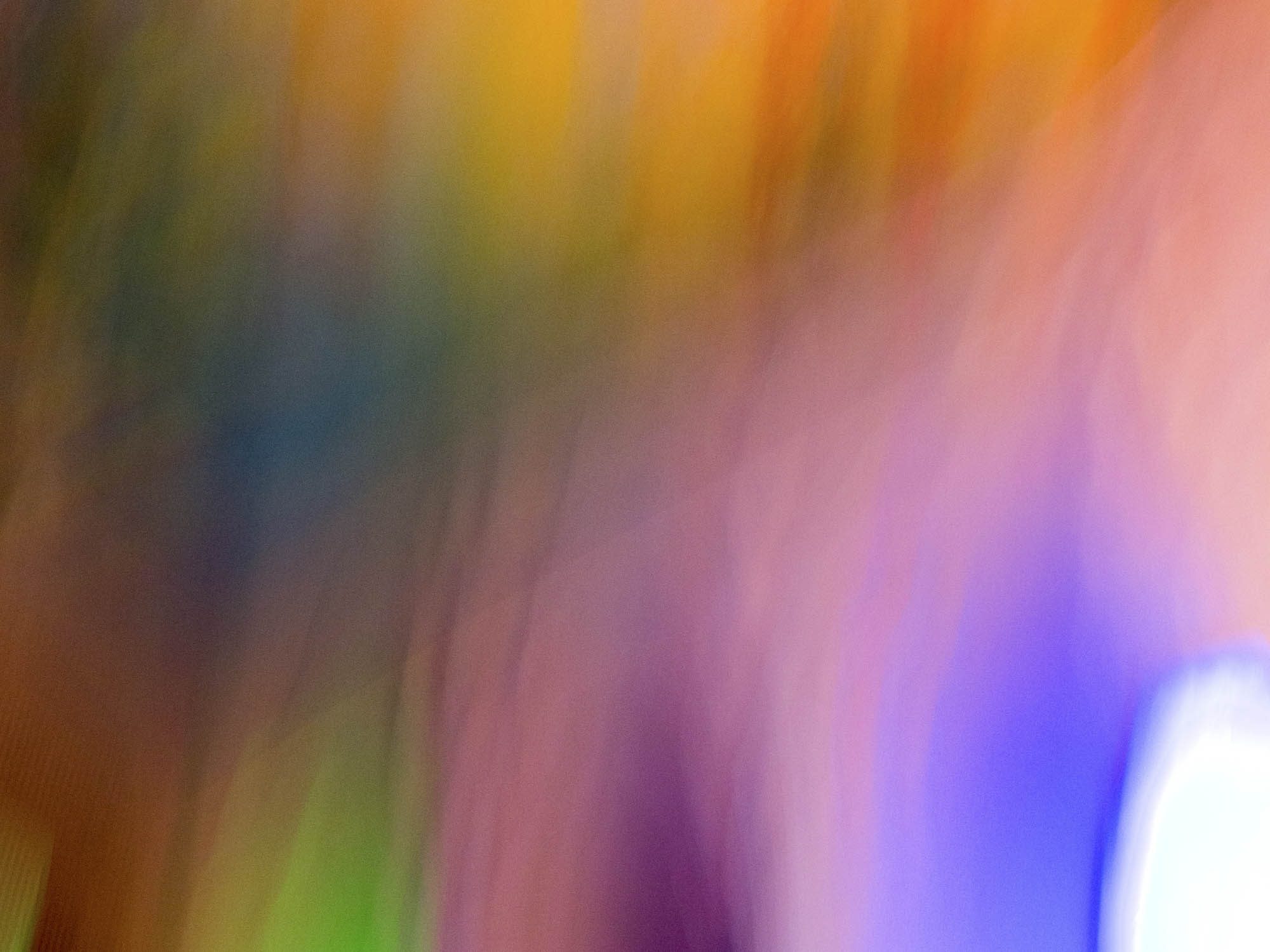

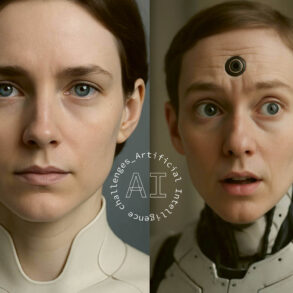



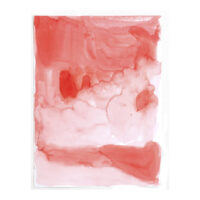


If I could add one thing to your wish, it would be that this building is actually more than one building. Plans that multiple branches could duplicate and build independently together. Enabling more members to experience the reality of togetherness in place of art, veneration, and following the path of spiritual development without having to relocate only to Dornach and dealing with the concerns of visas, travel documents, etc… Various society branches have a prison outreach program, we probably very actively have made a difference in the life of at least a few individuals and would turn around and ban them from visiting the centre of Anthroposophy by means of societally imposed travel restrictions with no path of recognition for true self-development change.
The form and structure of the society has in no way any need to be centralized. There are many examples of this in modern decentralization movements like cryptocurrencies, as well as many older structures such as the way Freemasonic Lodges have a system of mutual recognition of the state-level lodge structure. There are many patterns available which can be used as inspiration, though I cannot say that any one is better than another when it comes into matters of soul expression in the outward world.
I also think that there are real concerns to contend with over the use of artificial intelligence , which is more akin to extremely good prediction than actual intelligence. The commoditization of human creativity in the automation of it through those algorithms presents a very real challenge in defining not only the worth of human works in society, but in the very role of what it means to feel human among other individuals. The nature of computing is adversarial and a general one-upmanship is the default; we are racing to apply the Ahrimanic energies within technology unless we apply the free moral imagination to the future of it. How would a new Goetheanum feel without a full human touch to it? I have a deep professional relationship to this topic, and I find that it is not as well understood as it probably ought to be by the people who use it and are engaged with it. Technology itself can be a great power of humanity, many of Steiner’s works are freely available and searchable, but
The society as a whole needs to bring up and answer the tough questions that some may wish to avoid, but in doing so it must frame itself in love. Climate change is but one such topic where there is discord among the membership. I know other members of the society that do not believe in it at all, I know those that frame part of their core identity around making a neutral impact on nature. Whether or not any one person succeeds to the highest degree in distancing from lower self identity to higher spiritual realities aside, we cannot possibly grant ourselves the self-righteousness to assume that any one of us have all the correct answers to big problems. Truth in society is very subjective, and higher truth is not any of the symbols for real, be it words or otherwise. Many years ago most doctors recommended smoking to pregnant women as a matter of what they believed to be true. We all need a big dose of love to reason with those issues. When I find a soul that believes in leaving no carbon footprint, I would hug them and thank them for what they do. When I find someone building houses and providing shelter by the burning of many fossil fuels, I will hug them and thank them for what they do. What I can do with my own power is to love each and every individual soul that I can for what they are and what they bring to the table. The real deception lies in powerful belief and willing without walking in faith and love. If we all get together and love, what a wonderful society it could be!
I hope that you do put some of your creative energy into shaping the mineral world into spiritual reflections of the heavens, we could certainly use more of that kind of development.
Lovely heart orientation by Espen, connected firmly to the world’s consciousness of today.